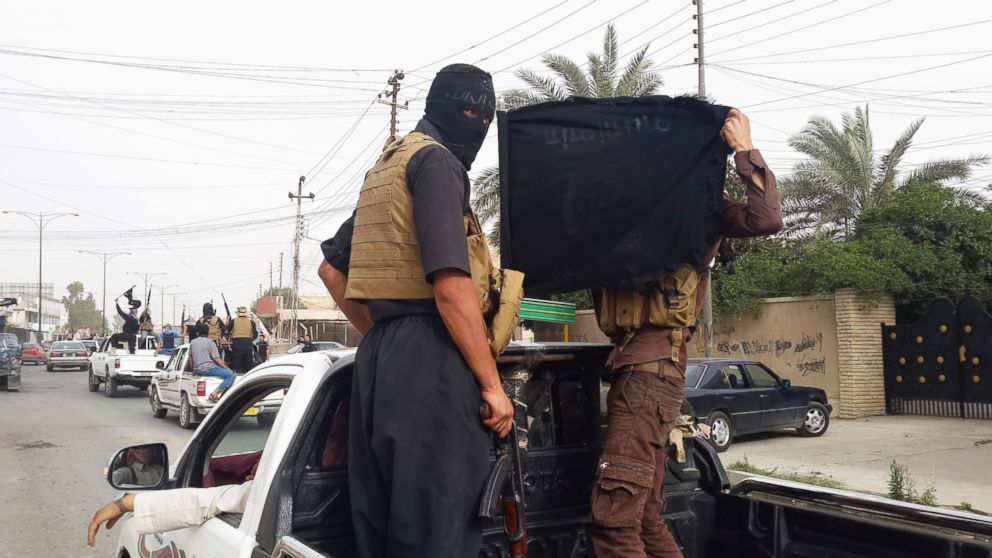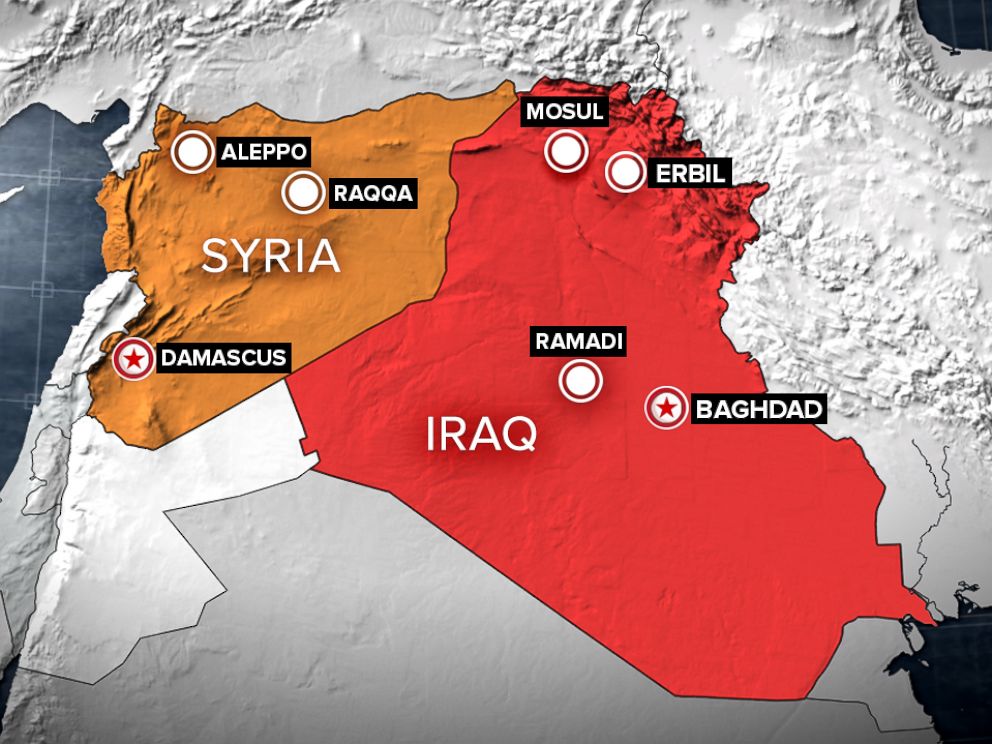Five Reasons Not to Attack Iran
Iran
would likely be a far more formidable adversary than any the United
States has faced in decades. The U.S. should be very wary about
launching military strikes.
By Adam B. Lowther, The Diplomat
January 09, 2012
With U.S. President Barack Obama and Defense Secretary Leon Panetta
announcing that major cuts are coming to the Defense Department,
hawks seeking to stop nuclear weapons development by Iran by any means
necessary will soon have less “means” to call upon. With the Army set to
shrink by approximately 80,000 soldiers, and a broad swath of cuts set
to affect every service, “Operation Iranian Freedom” may be far less
likely than many hawks had previously hoped.
The diminished prospect for a military confrontation with Iran is
particularly bad news for some considering that Secretary Panetta just
last month suggested that Iran could – although it was unlikely –
have a nuclear weapon before 2012 is over.
Yet while few outside the Iranian regime see a nuclear Iran as
desirable, any decision that could lead to war between the United States
and the Islamic Republic deserves considerable discussion before the
American people. Simply beating the war drums so loudly as to drown out
the voices of any opposition is a poor substitute for real debate.
Five points deserve particular consideration as decision makers
consider the United States’ option. They are particularly important as
the 2012 election gets closer and calls for a military solution
increase.
First, Iran possesses what is likely the most capable military the
United States has faced in decades. Iran is no Grenada, Panama, Somalia,
Haiti, Bosnia, Serbia, Afghanistan or Iraq. In all of these examples,
the U.S. military defeated an adversary incapable of competing with
superior American land, naval, and air forces. The Iranian military is
far
more competent and capable, and after watching the war in Iraq for a
decade has a good understanding of U.S. tactics and strategy.
For example, Iran's regular navy is adept at littoral combat and
may
be capable of closing the Strait of Hormuz for sufficient duration to
wreak economic havoc. The recent naval exercises by the Iranian navy
illustrate a clear strategy that would seek to close the strait while
attempting to sink American combat vessels that enter the area. This
would result in a significant loss of commercial shipping and cause the
price of oil to skyrocket.
If it comes to war, the proliferation of advanced air defense systems
to countries like Iran may give it one of the best integrated
anti-aircraft defense systems the United States faces in combat. They
may be capable of inflicting casualties on American airpower not seen
since Vietnam. And with a declining bomber force, losses could be
unacceptable.
Unlike Iraq, Iran’s regular Army and the Iranian Revolutionary Guard
Corps won’t lay down their arms at the first sight of U.S. ground
troops. They, more than any other element of the regime, watched
Afghanistan and Iraq for lessons on how to defeat the Americans.
Second, the Ministry of Intelligence and National Security (MOIS),
Iran’s espionage service, is among the most competent in the world. Over
the past thirty years, MOIS agents have successfully hunted down and
assassinated dissidents, former officials of the Shah's government, and
real or perceived threats to the regime. MOIS is still capable of
carrying out assassinations, espionage, and other kinetic attacks
against government and civilian targets. The spy service is also likely
to have covert agents in the United States.
While information is incomplete, there’s reason to believe that
Manssor Arbabsiar, the Iranian who allegedly attempted to hire the Zeta
drug cartel to assassinate a Saudi ambassador on American soil, was tied
to MOIS. While the effort failed, it demonstrates the lengths to which
MOIS will likely go.
MOIS has also been known to target Iranian expatriates, imprisoning
their family members and causing bodily harm. A small number of the
1-1.5 million Iranian-Americans may very well become targets of such
tactics.
Third, Iranian-backed Hezbollah is more capable of conducting
terrorist attacks than al-Qaeda ever was. With three decades of
experience fighting the Israelis in Lebanon and northern Israel,
suspected ties to Latin American drug cartels, and a global network,
Hezbollah is an international network that is able to conduct
large-scale attacks against the United States and its interests abroad.
In fact, Hezbollah cells are believed to be active in the United
States, Europe, Latin America, and elsewhere, making the organization
more than a hypothetical threat. With the U.S. Marine Barracks bombing
(Beirut,1983), Argentine Israelite Mutual Association bombing (Buenos
Aires,1994), Khobar Towers bombing (Saudi Arabia,1996), and many other
attacks under their belts, Hezbollah has a history of global terrorism.
Should the U.S. military attack Iran, Hezbollah is likely to launch a
series of terrorist counter-attacks that will not be as readily thwarted
as those of al-Qaeda.
Fourth, Iran’s cyber capabilities are impressive and growing. An
attack on Iran’s nuclear infrastructure is likely to prompt a sustained
cyber-attack unlike any we have seen. It will likely target critical
data in the public and private sector and seek to wreak havoc, shut down
systems, and destroy data.
Fifth, after a decade of intense combat operations, the United States
military deserves a rest from war. Afghanistan and Iraq have taken
their toll on America's fighting men and women, their families, and the
equipment they rely on. A “limited attack” on Iran will likely escalate
into a wider war, making it difficult for the military to rest and
refit.
When considering whether to use military force against Iran it’s
important to understand that there is an asymmetry of interests at
stake.
The Iranian regime sees itself as fighting for its very survival.
The stakes are considerably lower for the United States.
Even a focused strike against Iran's nuclear facilities will elicit a
response well in excess of the United States' “limited” objectives.
While a U.S. withdrawal from Iraq and troop reductions in Afghanistan –
Iran’s western and northern neighbors – may cause the Iranian leadership
to slow the development of a “Shi’a bomb,”
a strategic attack by the
United States will only strengthen their resolve and solidify the
regime’s worst fears.
While Mahmoud Ahmadinejad’s bellicose statements make good political
theatre, there is rarely much behind them. To suggest that Ahmadinejad
is all bark and no bite is not far from the truth. The fact is that the
Iranian regime is more risk averse than many give it credit for. Regime
survival is of paramount concern and greatly explains why the regime
acts as it does.
Pushing the regime to the edge may turn empty threats
into reality and will certainly undermine any effort by President Barack
Obama to save defense dollars.
In the end, Iran may prove less capable than I’ve described, and a
military conflict with Iran may be less costly in blood and treasure
than suspected. However, weighing all options before resorting to
military conflict is critical to reaching the best solution.
For the United States, determining what a nuclear weapons-free Iran
is worth is critical. Had the American people understood the costs of
Iraq before the war began, it’s unlikely they would have given their
consent. Given the current economic woes of the country, that cannot
happen again.
Dr. Adam B. Lowther is a member of the faculty at the U.S. Air
Force's Air University. The views expressed are those of the author.

